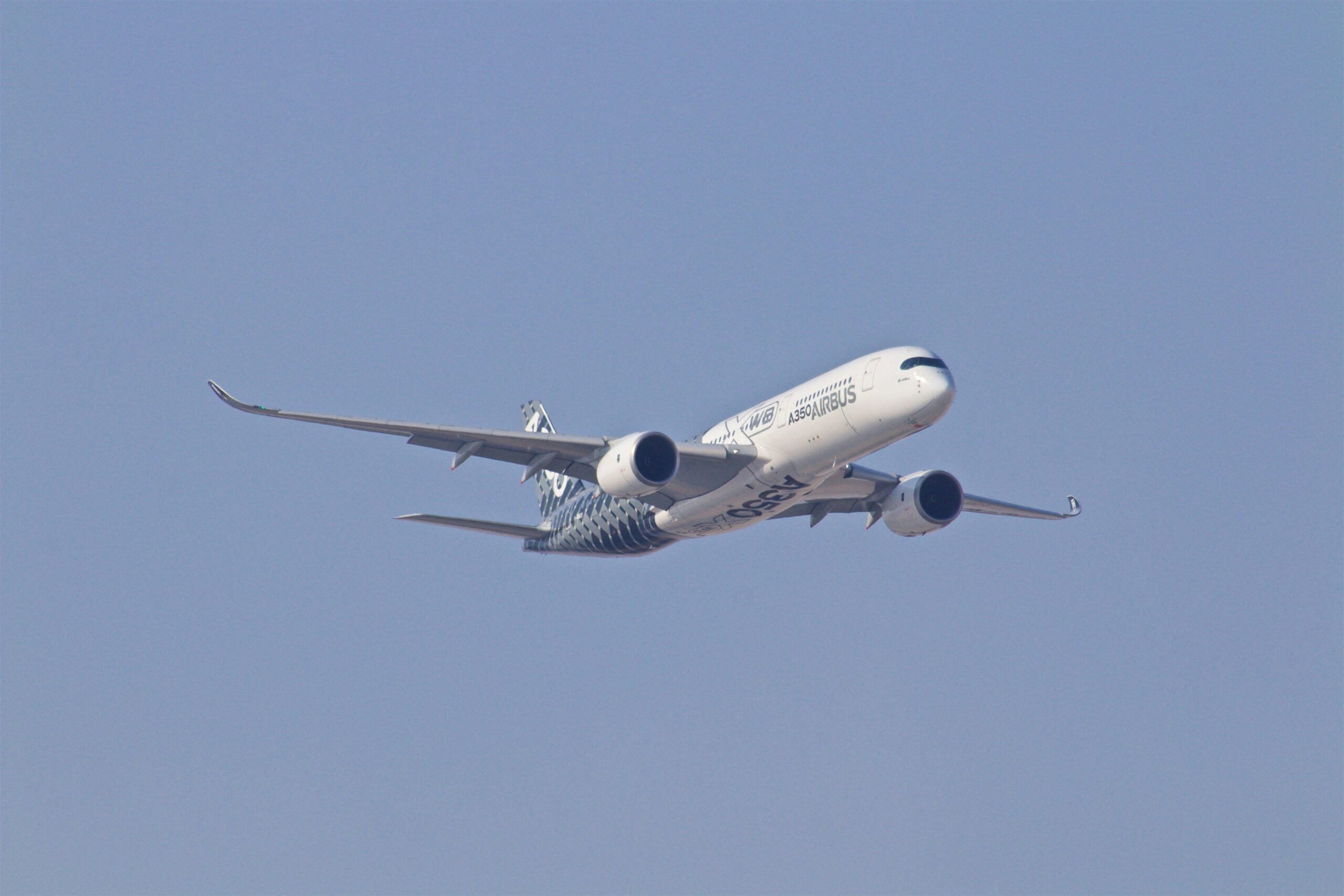Image credit: Unsplash
In 2024, the trucking industry experienced a market trough, which may indicate that the industry has shown small signs of improvement.
Gains Made During the Pandemic have Dissipated
The COVID-19 pandemic increased freight demand, precipitated by changing consumer behaviors and needs. However, as travel restrictions lessened, the freight cycle waned, leaving the industry with excessive capacities.
“Trucking is now in the longest and deepest freight down cycle since the 2007 global financial crisis,” said Michael Castagnetto, president of the North American transportation division at C.H. Robinson Worldwide.
A Slow Recovery
The American Trucking Association discovered that truck tonnage has slowly but gradually risen since January of 2024 when it reached a low point of 111.0 points. The latest information, which was gathered in October, showed that the tonnage index increased to 114.6. That said, this number is significantly less than the 118.8 rate seen in September 2022.
Avery Vise, vice president of trucking at FTR Transportation Intelligence, said that over the last four months, the industry has seen an average of 400 carrier failures. However, this figure does not necessarily suggest that capacities are increasing.
Castagnetto stressed that the boom of trucking companies seen during the pandemic has steadily declined and that carriers will continue to leave the market until capacity returns to previous levels. Unfortunately, industry insiders fear that will not occur until early next summer. Moreover, Castagnetto thinks several other factors will determine when the industry makes a full recovery.
He added that three industries play an especially crucial role in the trucking industry’s ultimate and complete comeback: manufacturing, construction, and retail.
Detecting a Trough
C.H. Robinson projects that the cost of travel per mile will be five percent less than in 2023. The logistics company also found that rates recovered for most of this year and are expected to increase by as much as nine percent in the coming year.
“I agree with labeling it as a trough,” said Mazan Danaf, staff applied scientist and economist at Uber freight.
Danaf thinks that the up-and-down nature of the industry could be attributed to seasonality.
“What we saw in the first half of the year was just seasonality with a slow downward trend, and in the second half of the year, it was seasonality with a slow upward trend,” he said.
Danaf believes the market will eventually, but slowly, work its way north.
The Demand for Services Does Not Tell the Entire Story
The industry has experienced a demand for services. That said, the trucking business booms most when the demand for goods is just as strong, if not stronger.
“In the overall economy, it’s not been bad,” said Lee Clair, managing partner at Transportation and Logistics Advisors. “However, it’s a tale of two cities because because there are services and there are goods. The services numbers have done well, but the goods numbers have been terrible.”
Trucking companies deliver goods, not services. Therefore, if demand for goods is sown, the industry will feel the pinch.
What Will Bring About a Sustained Uptick?
AFT Logistics CEO Andy Dyer believes that a continued demand for goods is necessary. By continued demand, Dyer means an increased need across numerous industries, not reactionary spending on trends, economic policies, or concerns.
“It’s going to take a true demand spark to change it, and panic buying is not that,” Dyer said.
“It’s been a very challenging year in the business overall,” said Tom Perrone, senior vice president of global professional services at Project44
Perrone said that the trucking industry faces the added pressures of trying to meet increased sustainability demands and satisfy federal regulations governing the industry.








































































































































































































